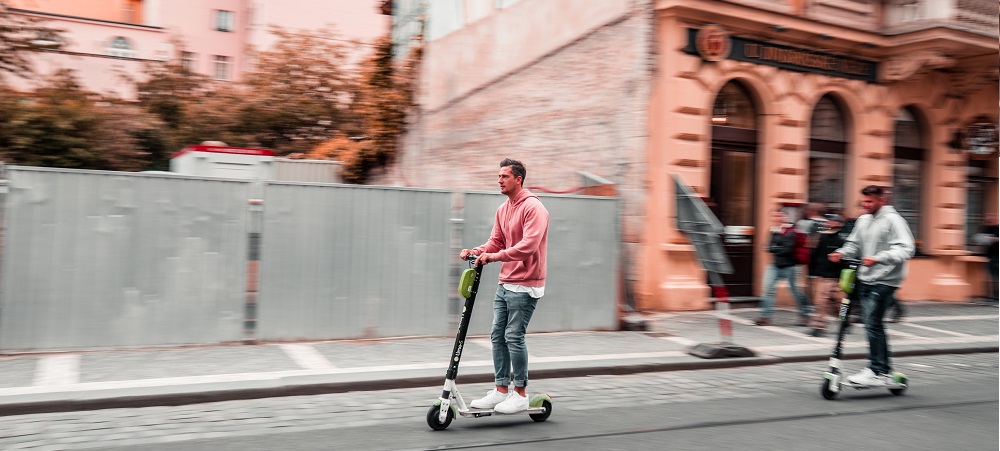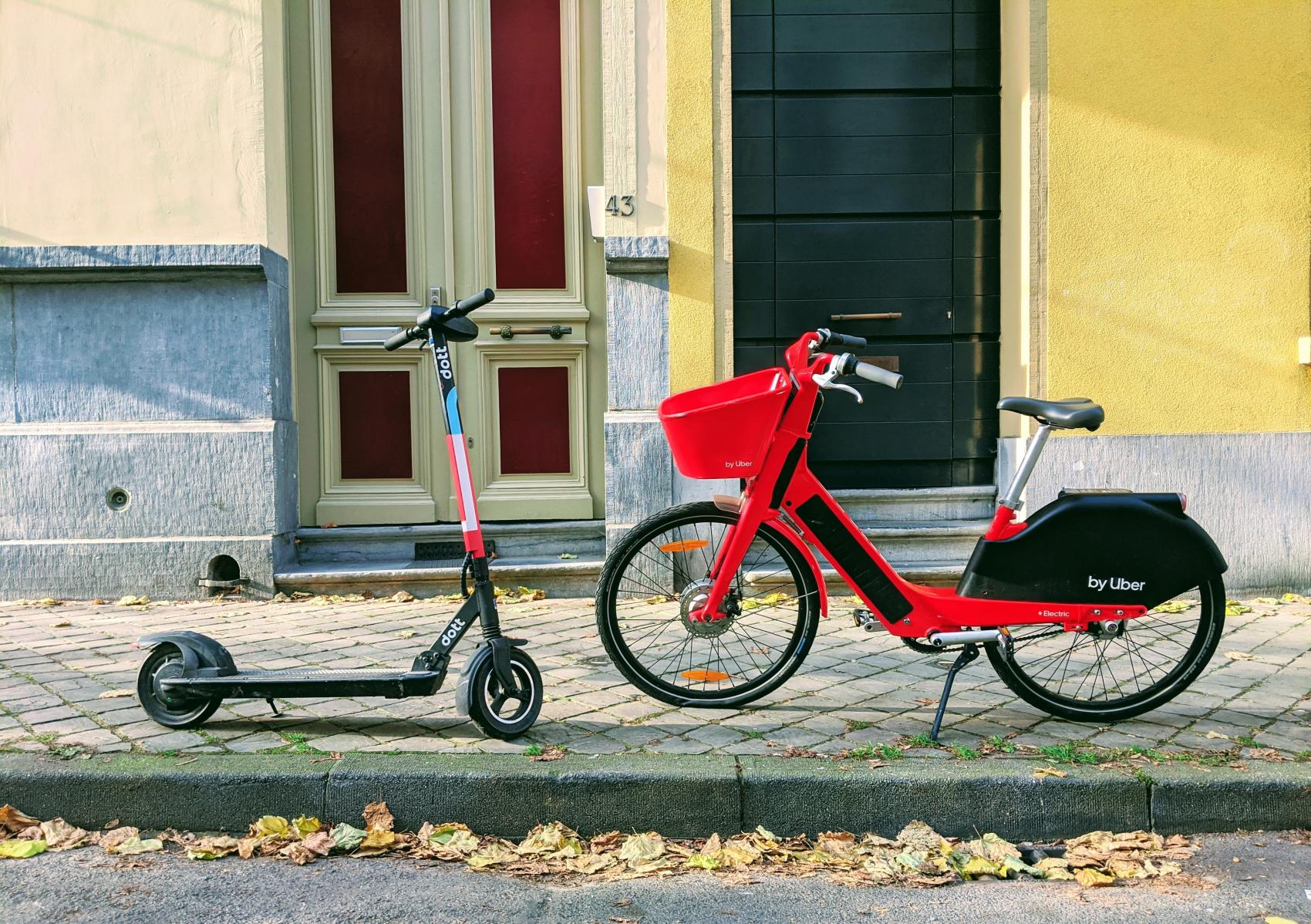
Cycling is greener and healthier than “micro-mobility” options
Electric scooters and ride-hailing services are the latest hot topic in urban mobility. But are they sustainable enough to meet the climate neutrality goal outlined in the European Green Deal by 2050? The latest report by the European Environment Agency (EEA) highlights that walking, cycling and public transport remain the most sustainable mobility options in cities.
‘The first and last mile - the key to sustainable urban transport’ EEA report focuses on the potential of first-mile, last-mile and only-mile journeys to reduce transport emissions. Not in vain, what EEA recommends for green options is to have a fair chance to compete with private motorised transport, prices also need to reflect the harm done to public health and the environment.
For these short journeys, a new range of very light vehicles have appeared in cities all over the world: electric scooters, segways, electric skateboards.... the so-called micro-mobility devices. The uptake of e-scooters and app-based sharing e-scooter schemes show some potential benefits, such as promoting multimodality, reductions in CO2 emissions, noise and air pollution, congestion, etc. However, according to the EEA report, the impact on the environment is not always positive. Firstly, because these devices are usually not replacing polluting vehicles. The EEA report references a recent survey in France that found that three out of four e-scooter users would have chosen to walk, cycle or use public transport if they didn’t have access to an e-scooter.
The EEA also questioned their green credentials, in particular concerning the substantial negative impacts associated with their manufacturing. Several researches revealed that the lifespan of the average shared scooter wiggles between 28 days and 3 months. The emissions generated by collecting the scooters to be recharged during the night are the second most prominent source of pollution, as this operation is typically carried out with diesel vans.
On the public health side, the EEA acknowledges that cycling and walking decrease the costs for the healthcare system and reduce absences from work due to illness. It also notes that e-scooters do not provide appreciable positive health effects, as the amount of physical activity they require is not really measurable. The authors highlight that riding a power-assisted bicycle (e-bike) is less intensive than muscular cycling, but it still requires a moderate effort that has a positive effect on health. Moreover, e-bike users have been reported to ride more often or for longer distances than the average commute.

In terms of road safety, the report outlines a few elements that are causing worrying numbers of accidents. First and foremost, e-scooters are relatively fast for their frame and mass, and wheels are small and quite sensitive to small obstacles. Because of this, a little unevenness or roughness or a small obstacle can cause a fall more likely than when riding a bicycle. Also, as they are new in the urban landscape, there is no clear space foreseen for them in our cities. Regulation on how to avoid hindering other public space users, in particular pedestrians, might be needed. Some cities, Paris and Brussels among others, have put in place a framework for such shared vehicles, but there are no best practices yet, as cities are still exploring uncharted territories here.
ECF will take all the EEA findings into account when developing our position paper on micro-mobility devices. For the moment, shifting to walking, cycling and public transport remains the most efficient way to meet the long-term sustainability goals and policy objectives mentioned in the European Green Deal.
Contact the author
Recent news!
Upcoming events
Contact Us
Avenue des Arts, 7-8
Postal address: Rue de la Charité, 22
1210 Brussels, Belgium









